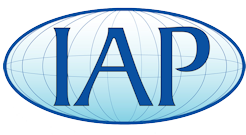sorcerertd
Member
I've been using Gorilla clear glue exclusively for a while now (5-6 months?) and will definitely continue doing so. It's different, but works great for tubes and even finials. The glue mixes well with acrylic paint (like the cheap stuff in the hobby aisle of your favorite craft store) and still adheres great. It stays pretty flexible so it doesn't just break free randomly (not that I've ever had a problem with epoxy on plastics or original Gorilla on wood). This has a much better shelf life than the other two. I never use CA for tubes. The only thing I have not tried this for is segmenting, which I have not done since I started using this many months (and quite a few pens) ago. I recommend giving it a try.
